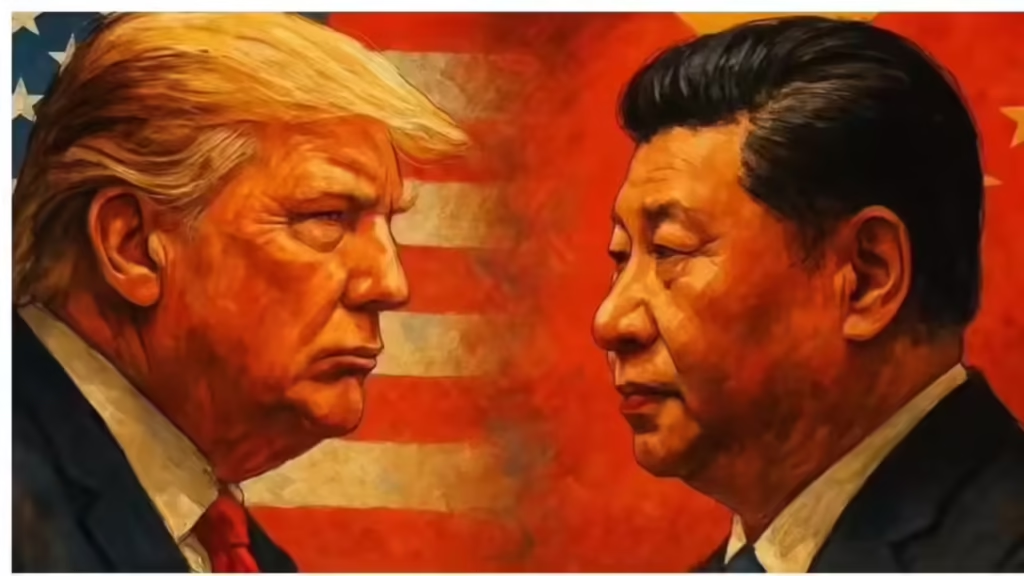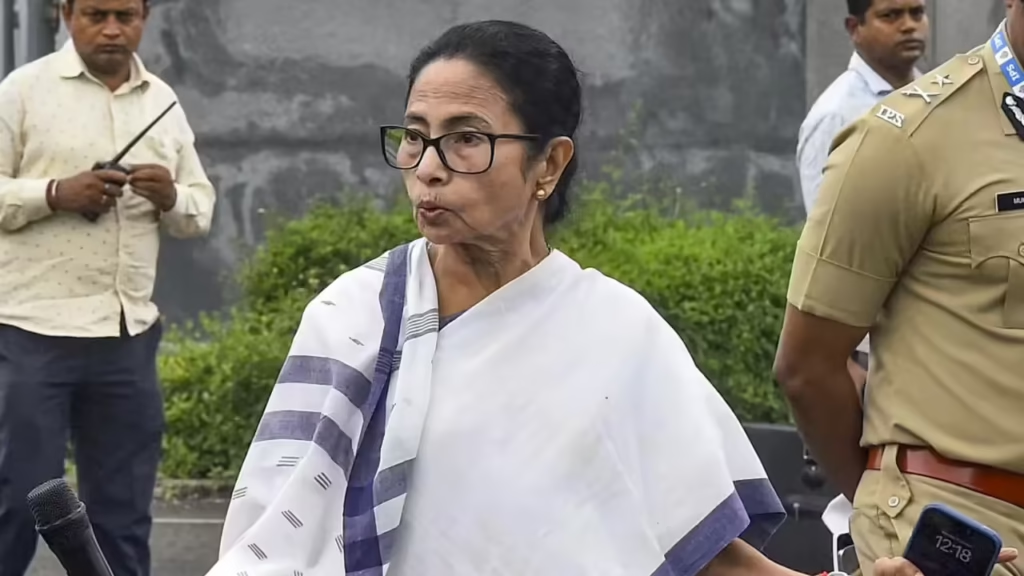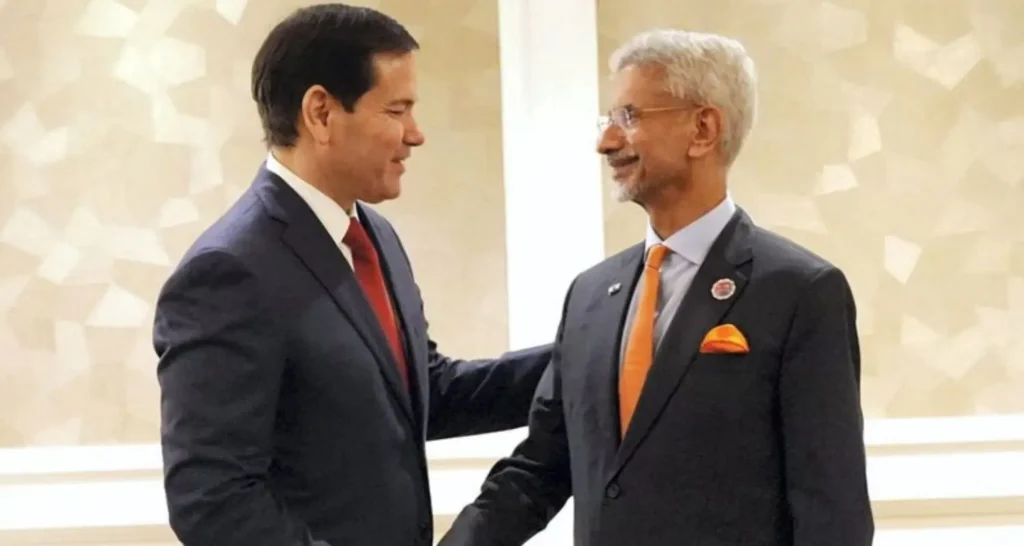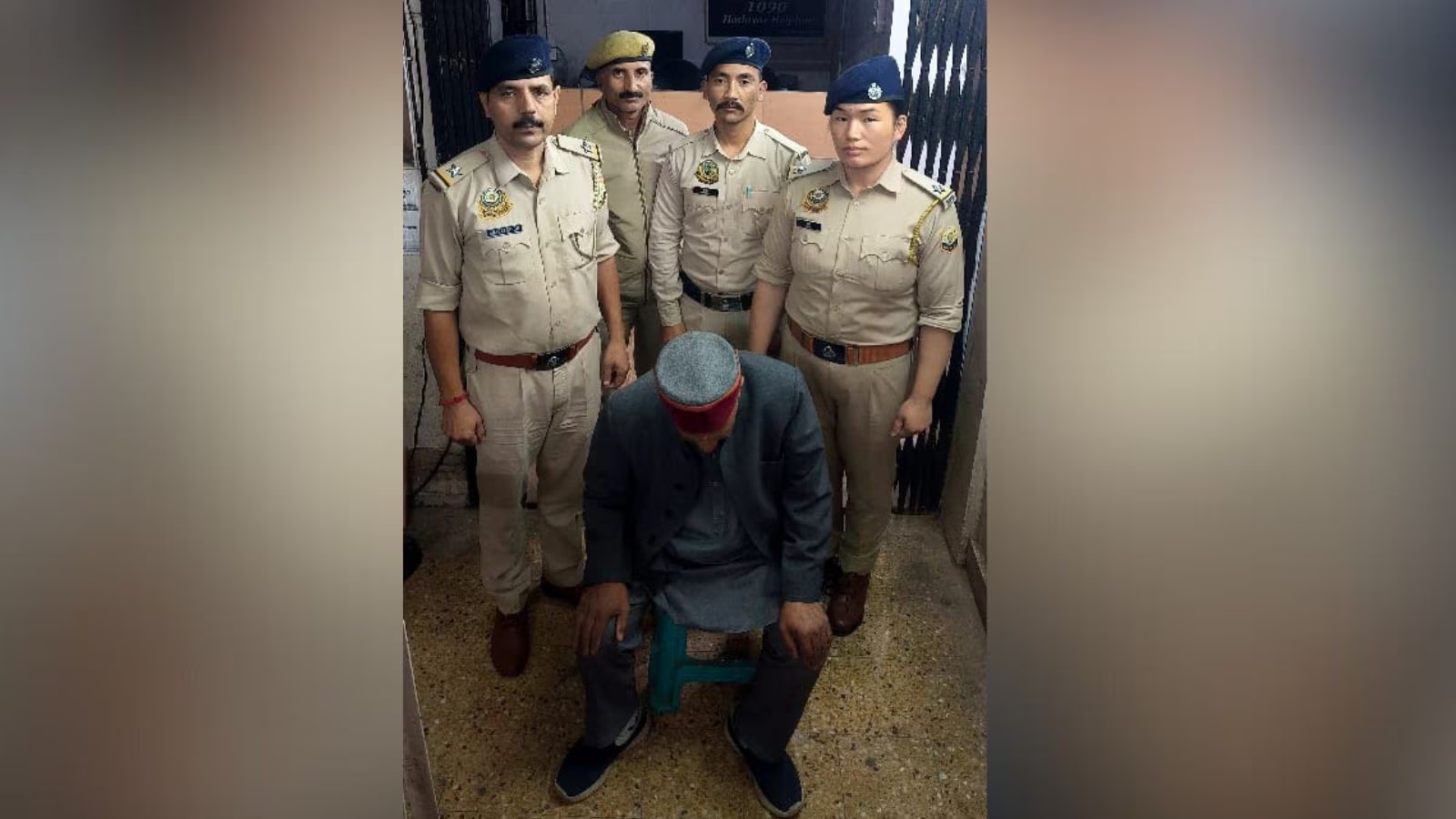Now Reading: Bihar 2025 Assembly Elections: What to Watch in This High-Stakes Contest
-
01
Bihar 2025 Assembly Elections: What to Watch in This High-Stakes Contest
Bihar 2025 Assembly Elections: What to Watch in This High-Stakes Contest
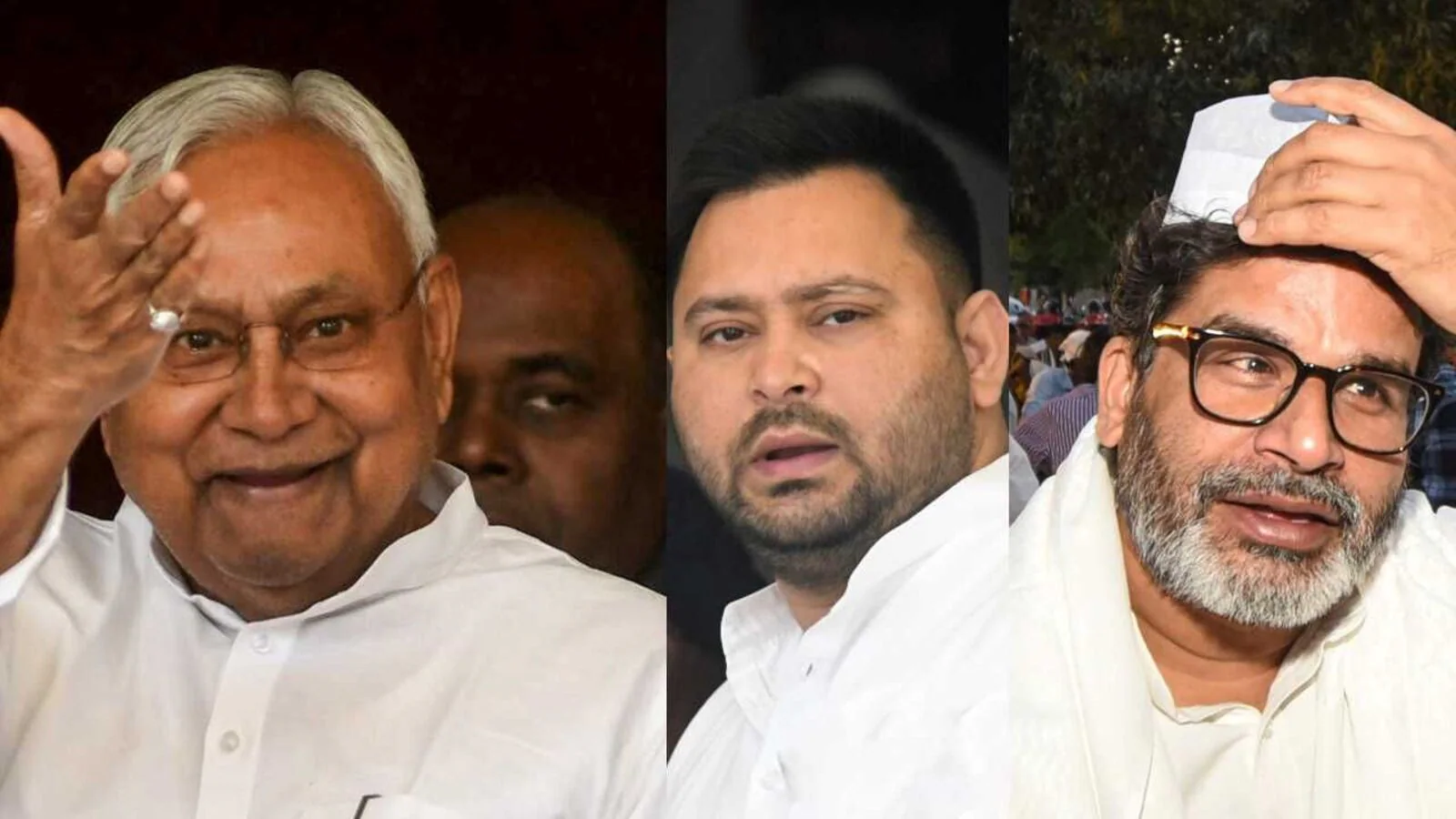
As Bihar gears up for its 2025 assembly elections, all eyes are on alliances, candidate lineups, and the issues shaping voter sentiment. With fresh promises, shifting loyalties, and rising youth engagement, this election is poised to be pivotal for the state’s political direction—and it could ripple across India’s heartland.
Key players and alliances
In the run-up to the polls, the BJP, Congress, JDU, and regional players have been actively negotiating alliances. Caste equations, regional loyalties, and local performance records are central to these talks. Parties are selecting candidates based on winnability, sometimes overruling old loyalties. In towns like Arrah, Siwan, Gopalganj, and Purnea, local issues often matter more than national ideology.
Main issues shaping voter mood
Jobs, agriculture, law & order, infrastructure, and education top the list. In smaller towns, access to decent schools, roads, power, and health services may swing support. Farmers burdened by rising input costs and loans are demanding clearer relief. Youth unemployment remains a major concern—many hope elected leaders will deliver meaningful livelihoods.
Voter behavior and turnout dynamics
Voters in Tier-2 and Tier-3 districts often follow local leadership more than party statements. Community leaders, caste identities, and family networks still influence votes heavily. But in recent years, social media and digital outreach have begun shifting patterns—even in remote areas. Better voter awareness campaigns and easier access to polling can lead to higher turnout in smaller districts.
Challenges for parties
One big hurdle is internal dissent—some candidates are upset at being overlooked. In a state as diverse as Bihar, no single formula works everywhere; what resonates in Muzaffarpur may fail in Madhubani. There’s also the task of translating manifesto promises into action. Voters will scrutinize whether new leaders can deliver development—not just rhetoric.
What smaller towns should watch
In many smaller towns, election issues are deeply local: safe drinking water, decent roads, regular power supply, responsive governance. A candidate who commits to solving “day-to-day pain points” may gain more traction than big backroom deals. Media and civil society groups in small districts have a role in holding candidates accountable—pushing for clarity on budgets and local promises.
Conclusion
The 2025 Bihar assembly elections are more than a political show—they’re a test of governance credibility, especially in smaller towns. The results will influence how parties plan campaigns across India’s rural belts. For voters in Tier-2 cities, this is a chance to demand tangible change locally, not just grand national visions. In the end, the winners will be those who promise—and deliver—improvements where they matter most.








